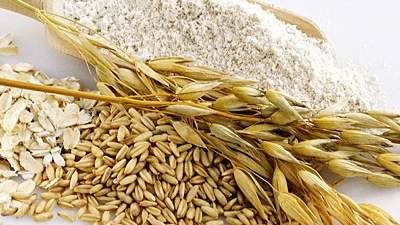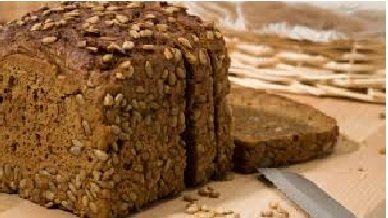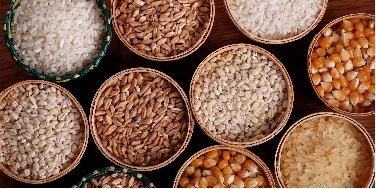Typically about 50% of calorific intake of the Western diet is from carbohydrates. Wholegrains and dietary fibre are healthy sources of carbohydrate that also contain micronutrients such as Vitamins B and E, copper, selenium, zinc, magnesium, folate and phytochemicals. Humans are unable to efficiently digest many raw grains such as wheat, rice and barley, and since Palaeolithic times have ground and cooked cereals before consuming them.

Today most grains are still processed for human consumption, which enhances digestive absorption, stabilises for longer shelf-life and improves appearance. Processing can decrease the nutritional value of grains by exposing them to high temperatures, oxygen and light as well as mechanical milling. Milling removes contaminants, but also the nutritious bran and germ layers, thus decreasing the fibre, vitamin and mineral content. In fact, up to 75% of phytonutrients are lost during milling. To compensate for this loss of nutritional value, it is now a legal requirement to add iron, calcium, thiamine and niacin to all non- wholemeal flours. Refined flour has a diminished dietary fibre content of about 80% less than wholegrain flour.
The descriptions “wholegrain”, “whole-wheat” and “wholemeal” can be confusing. It has been established that whole-grain (USA origin) is the same as wholemeal (used in the UK) and mean that the product contains the nutritional equivalent of the natural grain. Wholemeal products may contain the whole grain or are reconstituted to contain the same relative proportions of the compounds found in the natural whole grain. Most food products contain reconstituted grain.
Positive, wide ranging health benefits are associated with whole grain, cereal consumption; including protection against obesity, reduction in cardiovascular disease, diabetes, cancer, and general mortality rates, respiratory and infectious diseases. Benefits have been observed from the consumption of 2–3 servings a day (the main sources being wholemeal and rye bread and breakfast cereals), although many people on Western diets have less than one serving a day. It should be noted that regular consumers of whole-grains tend to be from high socio-economic groups and are more likely to exercise and less likely to smoke which may contribute to the observed health benefits. However this does not preclude the promotion of whole- grain foods to reduce risk of many chronic diseases. Epidemiological studies have concluded that the benefits of whole grains come from the “synergistic action of several bioactive compounds (which) contribute to the health protection and/or maintenance of one physiological function, not just one compound”, an effect that is decreased by the destruction of the natural structure and reconstitution.

Other studies have shown whole grains to assist in reduction of postprandial glucose levels in diabetics, act as antioxidants and inhibit oxidative stress and may provide a dietary treatment for duodenal ulcers.
However, other studies have cast doubt on the potential benefits. It was concluded that consumption of wholemeal bread among male students made no difference to blood lipid levels. Whole grains have been reported to promote satiety, but evidence concludes that although this may be the case initially, longer term satiety is unchanged. Furthermore, vegetarians who consumed wholegrains as part of a generally healthy diet were not found to live any longer after adjustments for smoking and consumption of fruit and vegetable were made, indicating little health impact.In addition, wholegrains can actually decrease the bioavailability and absorption of the minerals iron and zinc. It is thought that these metals bind to some compound found in wholegrains, thus limiting their availability. For example, it has been demonstrated that the absorption of iron and zinc is improved when grains are consumed with protein such as beef or milk.

There is still some confusion as to the definition of whole grain – which literally should mean the full contents of the grain in its natural state, rather than it having been refined then reconstituted, as is often the case. Regardless of this some health benefits of including whole grains in the diet are not disputed and should be encouraged.